Dawakun Desert Tourist Scenic Area
Dawakun Desert Tourist Scenic Area
Dawakun tourist scenic spot is located in Tielimu Township, Yuephu County, 6 kilometers away from 310 provincial roads and 110 kilometers away from Kashgar City, with convenient transportation. It is called "the land of desert scenic tourism in China".
Essential information
It is said that at the end of the third century, a king named Tielimu led his daughter Dawakun and son-in-law Shadik to find water for the common people and found a deep foaming pit on the edge of the desert. He ordered thousands of people to dig for a hundred days, but nothing happened. It was Dawakun who secretly concealed his father and husband and finally dug out the water one day and night. Princess Dawakun turned into a beautiful lake. Water. I always believe that legend is a good wish of people. There are many lakes in Xinjiang. Every lake is endowed with many mysterious colors, and so is Dawakun.
The measure of area
Two million deserts surround the lake, which is interdependent with sand and water. New European-style villas, Uygur-style mattresses and national gardens adorn the lakeside. In summer, the lake is bright, boats are dotted on the vast lake surface, and the sound of motor boats and laughter of tourists break the ancient silence. On both sides of the lake, unique European style villas, felt houses, ethnic restaurants, tourist souvenir shops and custom gardens with Xinjiang Uygur style have been built. In summer, the lake is bright, the boats on the vast lake are dotted, the motor of the yacht and the laughter of the tourists break the ancient silence of the desert. On the beach beside the lake, people enjoy sunbathing heartily. Under the colorful umbrella, tourists enjoy the Uygur national delicacies and local fruits such as baked whole sheep, roast chicken, lamb kebabs, fresh fish and so on. In the tourist souvenir shop, the local handicraft products are as beautiful as the traditional Uygur production and life. Museum, let visitors fully appreciate the unique charm of Xinjiang Uygur folk customs.
The lakeshore is a 30,000-acre Brimankum desert with undulating sand dunes, such as sea waves. Tourists can ride horses, camels, or desert explorers to travel through the desert, enjoy the natural scenery, stop by the desert, and see the magnificent sunrise and sunset.
Stand up from the clear lake water and look at it from a distance. The total area is 30,000 mu of Brimankum desert. The sand dunes are undulating, just like the waves of the sea.
In this magnanimous desert, riding a camel to watch the sunrise and sunset bosom has some heroism. The Palace site of the ancient city of Dastan, which stands beside the desert and covers an area of 1,000 square meters, shows red, yellow and blue pottery pieces and ancient coins from quicksand after the strong wind, which gives people a pleasant surprise of treasure hunting in the quiet of nostalgia.
Scenery
Here, you can enjoy the magical desert scenery; appreciate the Uygur and Tajik folk songs and dances; visit the unique animal husbandry base; appreciate the natural and humanistic landscapes such as the Millennium Willow King, the Millennium Poplar King, the Dawakun Lake, and experience the beautiful and moving stories of various scenic spots and folk circulation; visit the Millennium Tombs, the Millennium Mummies, and go up the long river of history. It traces back to the cultural origins of the Uygur people for thousands of years, and makes you stay away from the noise of the city and enjoy the country life by visiting farms and orchards. Dawakun Lake Desert Scenic Tourist Area is a good place to gather natural lakes, desert landscapes, cultural monuments, Uygur customs and primitive poplar forest and other tourism resources.
Undoubtedly, the vast desert and the lake lying quietly in the desert bosom are the most dazzling scenery of Yuepu Lake County in the southwestern border of Xinjiang. On the Yuepu Lake, the "King of Willows" has survived for more than 300 years. It has grown for 1800, and five people can join hands to surround the trunk of the "King of Populus euphratica", including the primitive Populus euphratica forest with the figures of rabbits, foxes and birds and the ancient tombs adjacent to the primitive Populus euphratica forest. There is a magical "Gobi Dead Sea" deep in the desert. It is injected from no water source, but never exhausted. When people enter the water, they will never sink. Bathing in the lake heals themselves. Therefore, the local people call the lake "Holy Lake". Yuepu Lake's reputation as "Silk Road Pearl" has gained a great reputation in the southwestern border of Xinjiang.
Development
Dawakun Desert Scenic Scenic Spot has 2000 mu of water, 40,000 mu of desert, and the sand and water are connected, the waves ripple, yacht exchanges. With Dawakun as the center and radiating 13 scenic spots, there are 1,800-year-old Poplar King Hu, ancient tombs, 700-year-old sacred pool and ancient battlefield sites. The 1,500-year-old Willow King can "know the heaven and the earth in the presence of the ancient world and hang on the hook" and the primitive and simple desert scenery has the magnificent beauty of "desert, smoke straight, long River and sunset circle", which forms an attractive scenic line. It is fascinating to all Chinese and foreign tourists. The visitors were amazed.
Tourism
At the same time, we have developed some special tourism, recreation and cultural and sports activities reflecting the traditional life of ethnic minorities, such as desert exploration, sand therapy, featured catering, sand sliding, beach volleyball, folk singing and dancing, national wrestling, horse racing, and goat hunting. It has become a common understanding among people of insight at home and abroad that "not to Kashgar is not counted as Xinjiang, not to Dawakun, Yuepu Lake is not counted as Kashgar".
Tourist attraction
On December 29, 2011, in accordance with the national standards of "Classification and Evaluation of Quality Grades of Tourist Scenic Spots" and "Measures for the Administration of Quality Grade Assessment of Tourist Scenic Spots", recommended by relevant prefectures and municipalities, the Xinjiang Tourist Scenic Spots Quality Grade Assessment Committee made a preliminary evaluation and the National Tourist Scenic Spots Quality Grade Assessment Committee assessed that the Dawakun Desert Tourist Sceni Requirements, approved as national AAAA-level tourist attractions.
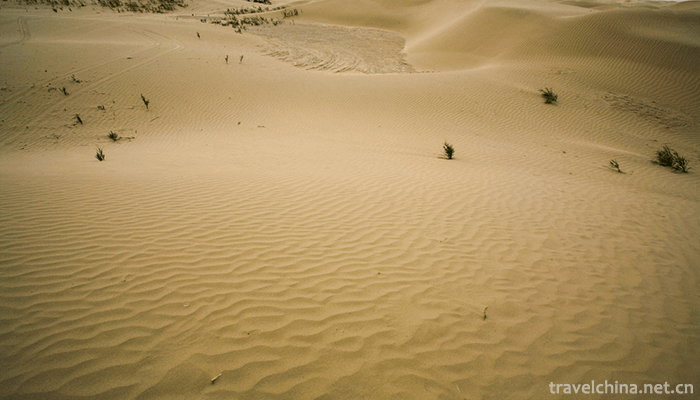
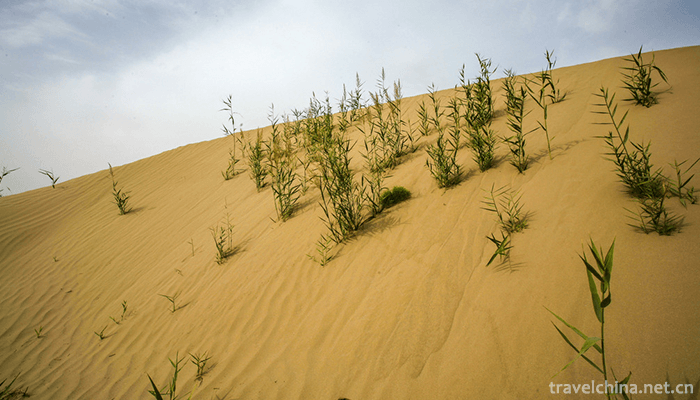
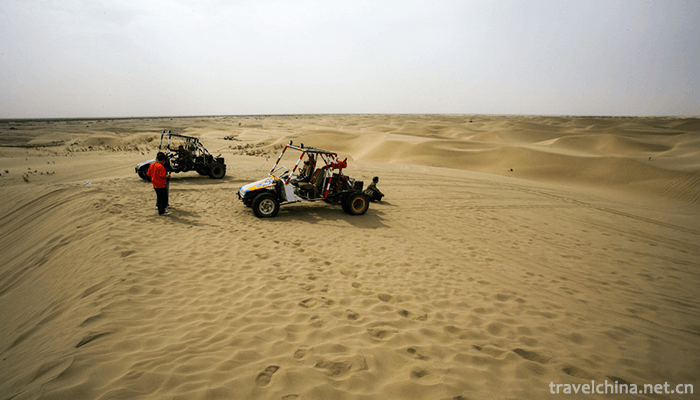
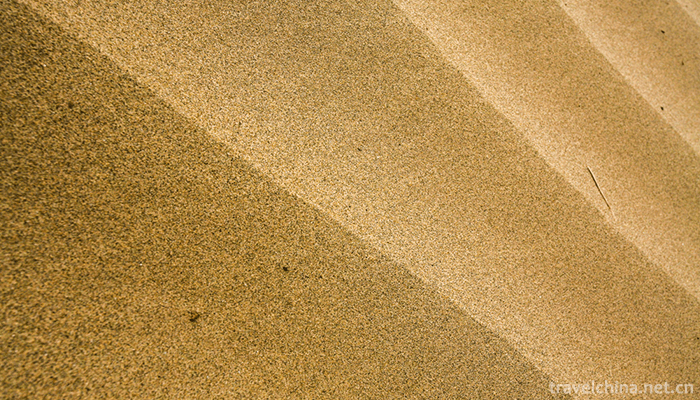
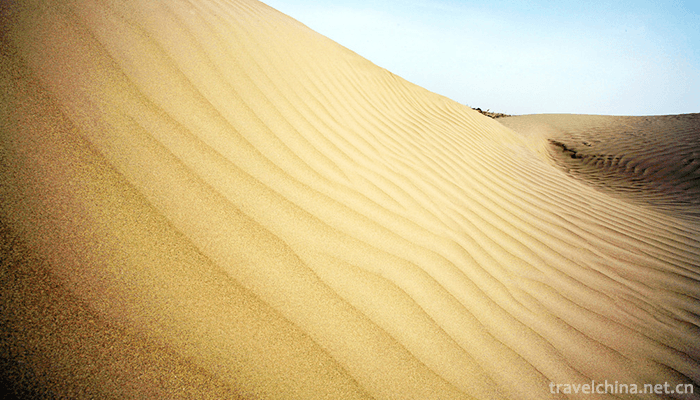
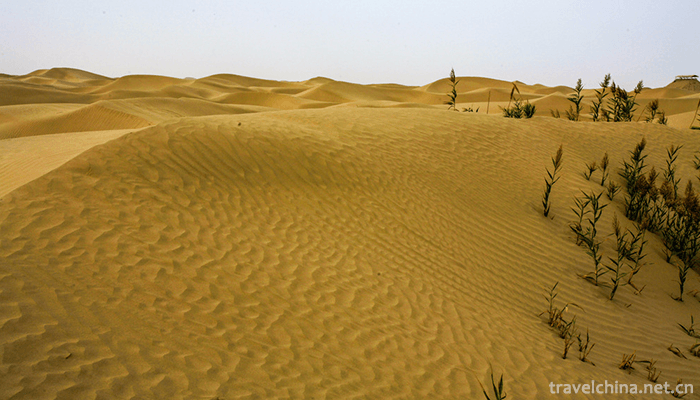
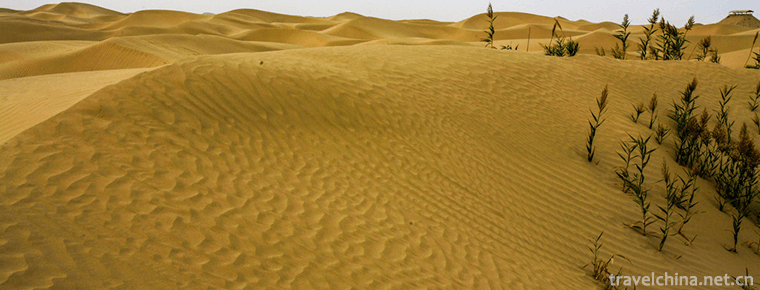
-
1.century eggspreserved egg100years egg
Preserved egg, also known as preserved egg, egg, egg, egg, etc
Time 2018-10-12 -
2.Lingyun Mountain Scenic Area
Lingyun Mountain Scenic Spot is located in Gaoping District of Nanchong City, with an area of 20 square kilometers and a total investment of 300 million yuan. The scenic spot is dominated by Lingyun M
Time 2018-12-26 -
3.Mogao Grottoes
Mogao Grottoes, commonly known as Thousand Buddha Caves, are located in Dunhuang at the western end of Hexi Corridor. It was built in the pre-Qin period of the Sixteen Kingdoms.
Time 2019-02-07 -
4.Wuhan Revolutionary Museum
The Wuhan Revolutionary Museum is located at No. 13 Hongxiang, Wuchang, Wuhan, Hubei Province. It was merged by the memorial hall of the former site of the Wuchang Peasant Movement Workshop
Time 2019-02-24 -
5.Peacock Dance of Dai Nationality
Dai peacock dance is the most famous traditional performing dance in Dai folk dance in China. It is spread in Ruili, Luxi, Xishuangbanna, Mengding, Mengda, Jinggu, Cangyuan
Time 2019-04-24 -
6.Kirgiz embroidery
Kirgiz embroidery is a traditional embroidery in Wensu County, Xinjiang Uygur Autonomous Region, China. Kirgiz women are good at embroidery. They embroider various delicate patterns on headscarves, pi
Time 2019-05-09 -
7.Tujia Year
Tujia Year is an important and ancient festival of Tujia people in Xiangxi Tujia and Miao Autonomous Prefecture of Hunan Province. During the thousands of years of historical development, some relativ
Time 2019-06-23 -
8.Xingyiquan
Xingyiquan, also known as Xingyiquan, is one of the traditional Chinese boxing. Although there are different opinions on its origin, Ji Jike (1602-1680), a native of Puzhou, Shanxi Province, was widel
Time 2019-07-08 -
9.Long Drum Dance of Yao Nationality
Chinese Yao folk dance. Popular in Guangdong, Guangxi, Hunan and other provinces where Yao people live together, most of them perform on traditional Yao festivals, harvest celebrations, relocation or
Time 2019-07-11 -
10.Zhoushan gongs and drums
Zhoushan gongs and drums are the representatives of traditional folk art in Zhoushan City, Zhejiang Province. They are based on gongs, drums, cymbals and clappers, with silk bamboo, magnificent sound
Time 2019-08-10 -
11.Yibin Jiuzhou tower
Jiuzhou tower was built in the third year of Daguan in Northern Song Dynasty, that is, in 1109 ad, located in Yibin, Sichuan Province. The foot of the tower is 7.35 meters long from north to south
Time 2020-10-16 -
12.Plant resources in Guangan
The forest vegetation in Guang'an City belongs to the vegetation area of evergreen broad-leaved forest and coniferous broad-leaved mixed forest in the middle subtropics. Gymnosperms include Pinaceae, Cupressaceae, Ginkgo biloba and Metasequ
Time 2020-12-19